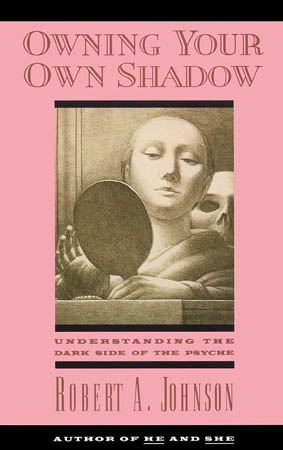Yes, there have been some magical moments like the year I spend NYE in Paris on the Avenue des Champs-Élysées, wildly dancing and kissing some really good-looking Frenchman or the time I spent the night in a dark, seedy club in Melbourne dressed to the 9’s, high-heels, red lipstick - the works. Other than that, quite frankly, none have been worth reporting; they’ve essentially been regular nights. In the most recent past, they have been spent at our camphouse in front of a roaring fire with my family. I am happy to report whether in Paris or in Cairo, MS, I am just as happy.
 This year I will add a firepit in Ampilatawatja to my illustrious list of New Years Eve places. Much to my Mother’s dismay, I will be celebrating it alone, next to a campfire with my out-of-tune guitar (to play my mere 3 learned chords) and my journal. Apparently my brother spent a Christmas alone in Australia many years ago on a riverbank with a 6 pack of beer. She is haunted by this, afraid I too will appear just as abandoned at my one woman NYE party. Don’t worry Mom, I will be just fine. Actually, I am pretty excited.
This year I will add a firepit in Ampilatawatja to my illustrious list of New Years Eve places. Much to my Mother’s dismay, I will be celebrating it alone, next to a campfire with my out-of-tune guitar (to play my mere 3 learned chords) and my journal. Apparently my brother spent a Christmas alone in Australia many years ago on a riverbank with a 6 pack of beer. She is haunted by this, afraid I too will appear just as abandoned at my one woman NYE party. Don’t worry Mom, I will be just fine. Actually, I am pretty excited.I am also further excited by the blue moon that is to appear tonight. How cool will it be, I thought, to see a blue moon? Well….no, not actually. A blue moon is not blue, it’s just another full moon.
After a little bit of research, this is what I discovered:
The New Year's Eve blue moon will be visible in the United States, Canada, Europe, South America and Africa. For partygoers in Australia and Asia, the full moon does not show up until New Year's Day, making January a blue moon month for them.
However, the Eastern Hemisphere can celebrate with a partial lunar eclipse on New Year's Eve when part of the moon enters the Earth's shadow. The eclipse will not be visible in the Americas.
A full moon occurs every 29.5 days, and most years have 12. On average, an extra full moon in a month -- a blue moon -- occurs every 2.5 years. The last time there was a lunar double take was in May 2007. New Year's Eve blue moons are rarer, occurring every 19 years. The last time was in 1990; the next one won't come again until 2028.
Wherever you are, I hope the skies are clear tonight as that brilliant orb rises over the horizon. In an overly metaphorical sense, may you pause and allow it illuminate your past and give direction to your future. Sending much love from my fire pit to yours…Cheers for 2010!






























